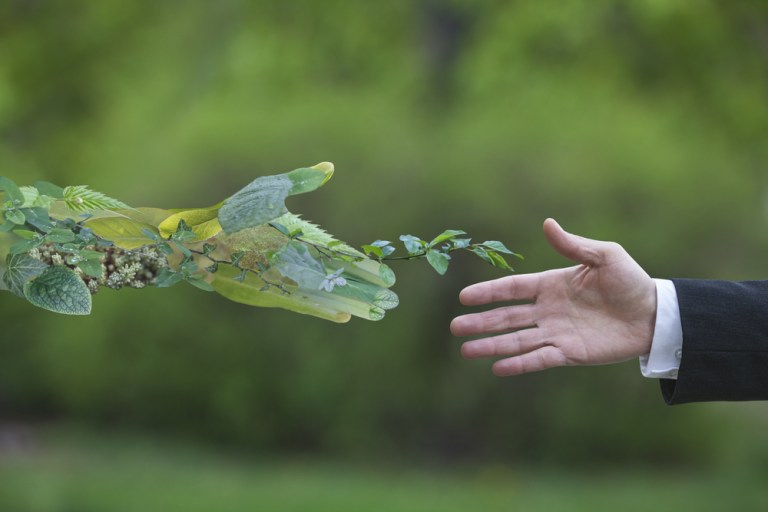
The world has a plastic problems — a fact illustrated earlier this week when researchers from the Environment Agency Austria and the Medical University of Vienna jointly presented evidence that there is so much plastic in the environment that we’ve actually begun to inadvertently eat it. Scientists are now looking for more funding to get a better understanding as to how so much plastic has made it into human digestive tracts worldwide — but the big takeaway, Mastercard President of Cyber And Intelligence Solutions Ajay Bhalla told PYMNTS, is pretty obvious.
“This is an issue we as a generation can no [longer] ignore,” he said. “Plastic is easy, yes, but we now need to be working on a bigger cause of reducing it. If we don’t all get behind it, the world will have a big problem. This is a matter of being environmentally responsible.”
To push that goal, Mastercard — in partnership with the world’s three largest card manufacturers, Gemalto, Giesecke & Devrient and IDEMIA — has officially launched the Greener Payments Partnership to establish environmental best practices and reduce first-use PVC plastic in card manufacturing.
Every year, Bhalla said, the credit card industry pushes about 6 billion plastic cards into the environment — a big-sounding number, though only about .015 percent of the world’s total plastic use. However, he noted, every little bit counts in the industry, and this co-effort between Mastercard and card manufacturers represents a new approach to bringing sustainability into the card industry.
“Going green, historically, in cards has been linked to purchases, If the customer spends X amount in dollars, the card donates a set amount to an environmental cause. We have yet to take the next step, which is in changing the actual materials that are used,” he said.
Making that change, though, will be difficult, Bhalla acknowledged, because plastic is standard, easy and cheap. Attempts have been made at finding some alternatives (corn-based plastics have been used), but these efforts are not nearly large enough to really draw any conclusion. The goal, he said, is not to make 100,000 cards, but to find a replacement material that will work for the literal billions of cards out there, and work as well as those cards do today.
Consumers, he noted, love their plastic cards — study after study has demonstrated they like being able to pull them out and use them at will. That means changing the make of those cards has to preserve the experience that customers favor.
“It is an important thing people carry in their wallet and it needs to work,” he said. “As of now, not enough research has been done to find a replacement. There have been some products proposed, but none of them have scaled in a big way. This partnership is basically [looking] at materials that are durable enough to withstand three or four years of use because that is the average lifespan of a card.”
The cards must be a bit more than merely durable. They have to be secure and live up to the technological requirements of modern cards, which are no longer simple plastic rectangles. Modern cards, Bhalla added, must also be able to house an EMV chip and contactless capacity. That will take research and piloting, which is largely the plan for the first year or so of this new initiative. It also involves a lot of working with industry partners to bring them along for the next generation of plastic cards, which means addressing the costs of making the switch for issuers worldwide.
“This is one of the cost benefit [analyses] we are doing, and if we do this right, we think we will be able to bring it at the same cost or lower cost. The idea is that once the industry gets behind it, once you get to scale on the technologies, the cost will come down. Small experiments without that level of industry support have come out with high costs. Working with the three-largest card manufacturers in the world, we hope to be able to change that math,” he explained.
That’s because, Bhalla noted, the change has to come. It won’t be an easy switch-over — a lot of research and testing will go into making this change. However, to make environmental initiatives work, people need to be willing to take on cost.
“When they get rid of the plastic cups in an office,” he said, “[you may be] irritated for a day, but then you remember to carry your own cup. We feel we are delivering on our commitment to being a force for good in the world, and we think there are small contributions we all need to make to build a sustainable world.”
Ultimately, he is optimistic, both about the ability to change plastic cards into something better for the planet and for industry in general to do its part in helping build that more sustainable world.
“I am a firm believer that when you put brilliant minds and the industry working behind a product, you will find a solution,” he said.